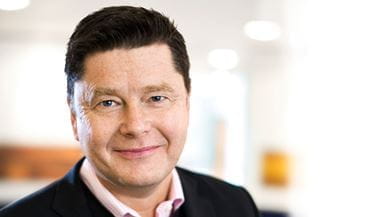Trelleborg as an investment
Trelleborg is working continuously to create value for all of its stakeholders. For those considering an investment in Trelleborg, there are a number of factors that form the basis for the Group’s value creation.
Trelleborg, with its long history, has streamlined its portfolio by divesting low-growth areas. The focus is on increasing sales from high-growth industries like medical technology, industrial automation, aerospace and semiconductors through investments in operations and strategic acquistions.
Trelleborg's strong balance sheet and stable cash flows enable investments in growth initiatives and acquisitions in rapidly growing segments, alongside continued share buybacks. The financial strength also supports maintaining our dividend policy in parallel with the share repurchase program.
Questions & Answers
Contact

Christofer Sjögren
Vice President Investor Relations
tel: +46 410 670 68
mob: +46 708 66 51 40
E-mail: christofer.sjogren(at)trelleborg.com


